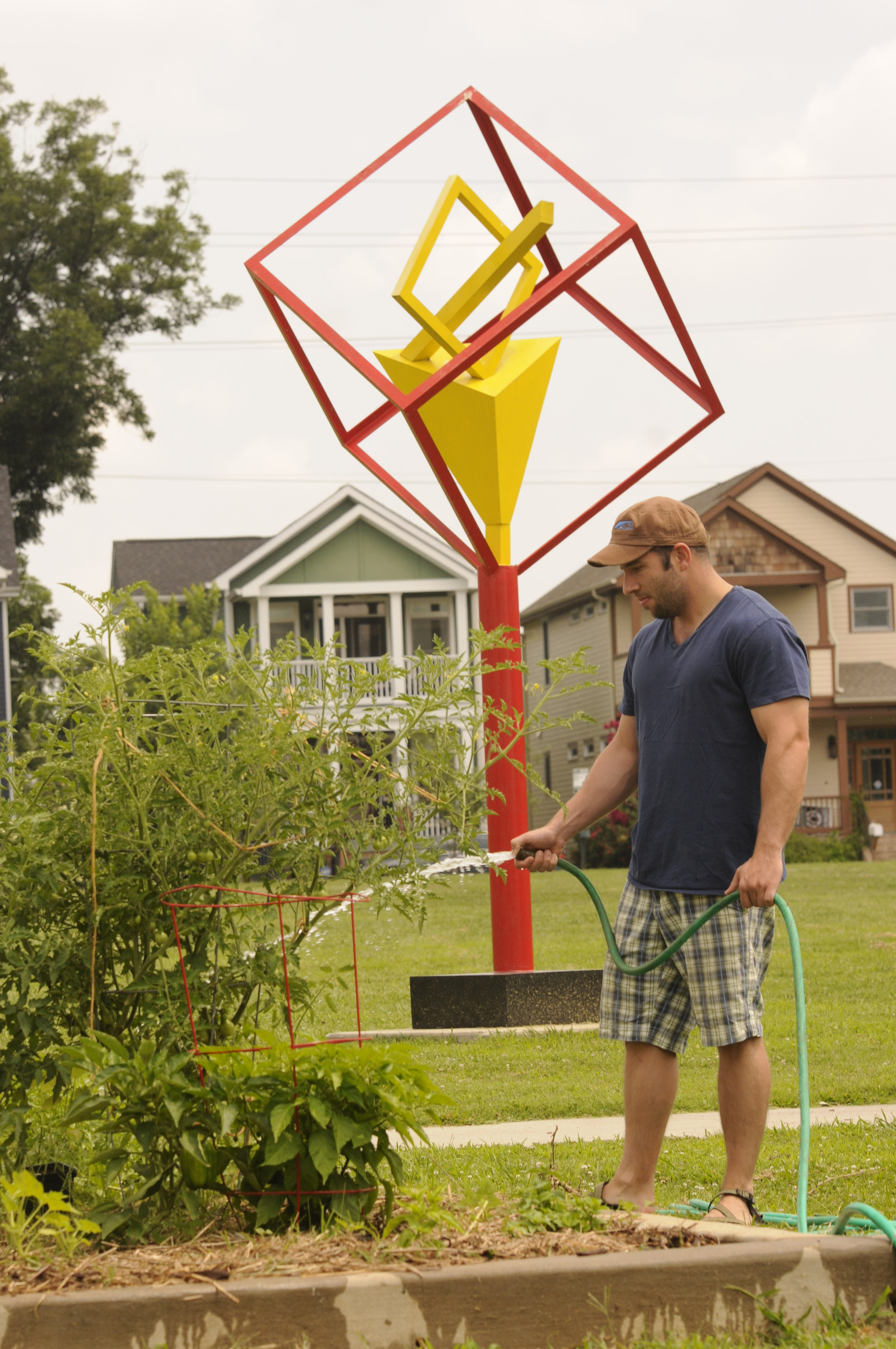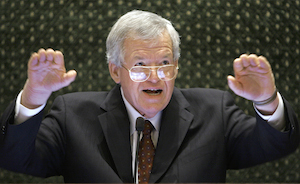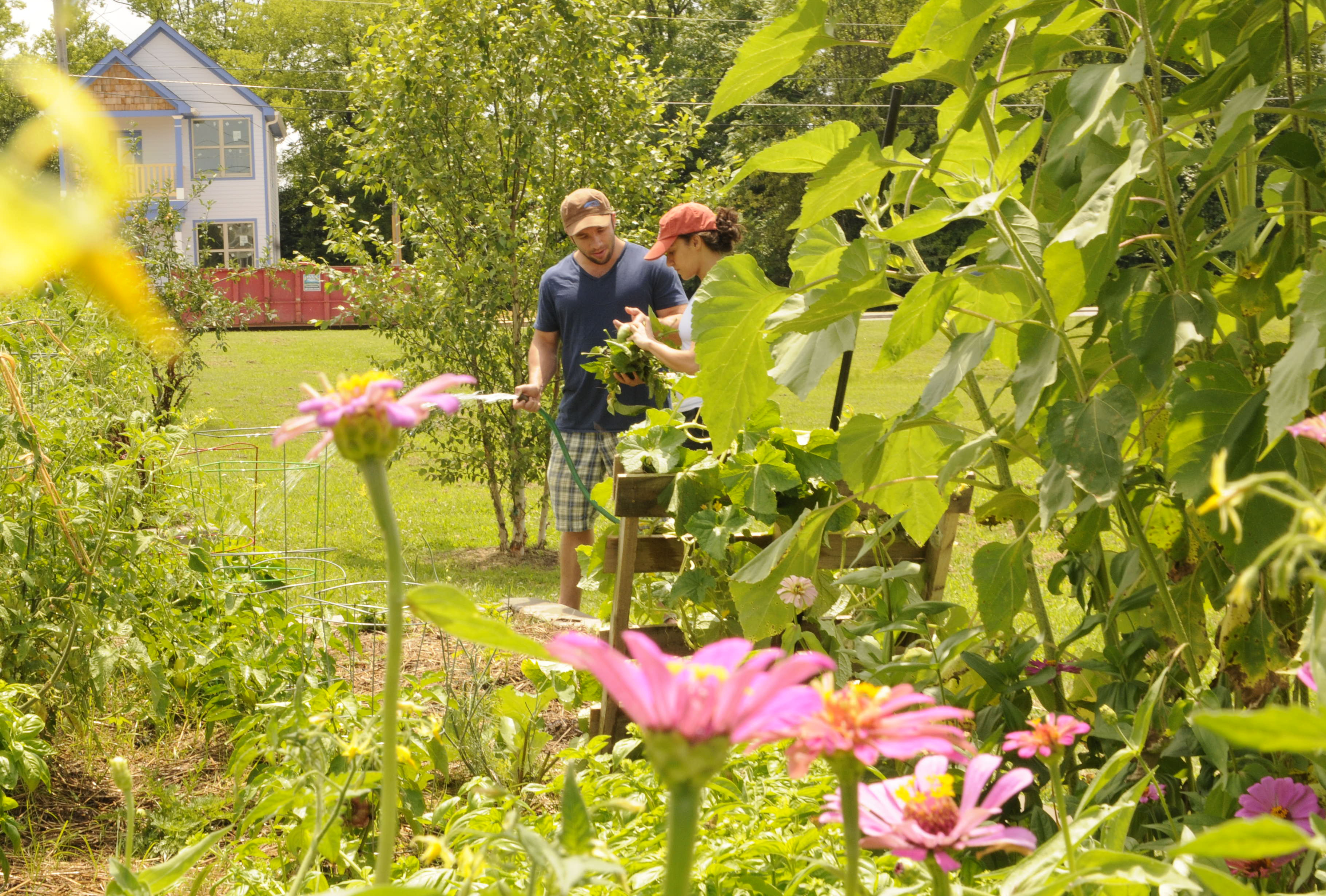View map in full screen (optimized for mobile)
Imagine a city where residents can walk to coffeeshops and bike to a nearby grocery store, where each neighborhood is built specifically to the make-up of that community.
Where the question is no longer, what can we put here that fits the zoning? Instead, it's, what kind of place or community do we want to create in this area?
City planners have been asking that question at public libraries, malls, parks and recreation centers and other places where people gather who probably don't think that often about zoning.
Staff from the Chattanooga-Hamilton County Regional Planning Agency asked a lot of ordinary folks, "What do you want to grow?" Meaning where, and how, do they think their community should develop.
The planning agency wants to use the answers to remake its 25-year comprehensive regional plan into a practical roadmap that frees certain communities from typical zoning requirements that have guided the city's planners and have been built upon for more than two decades.
Such a change could mean problems that have been identified in communities' individual plans for years could get attention countywide and shape the future of the city.
Five planned demonstration areas within the city's downtown core will toss zoning regulations and introduce the idea of form-based coding, a concept that goes against the grain of a half-century of urban development that has used zoning rules to control land use instead of creating plans that look at building communities.
The demonstration areas set to launch next spring are the North Shore, the Riverfront, City Center, M.L. King Boulevard and the Southside.
The idea to create a new plan is to help residents build or preserve livable communities, said Melissa Taylor, director of the Strategic Long-Range Planning Division at the planning agency.
"[We want] to know how we can effect either improvements to their communities or help their communities stay the way they want them to be," Taylor said.
Take places like Jefferson Heights. The former industrial area on the Southside has become a walkable community where residents can bike or walk to the park, bars, shops and restaurants.
But some community leaders are cautious of the plan; they say it will only work if people become engaged and get involved.
"It would be different if people were participating," said Everlena Holmes, coordinator of the Glenwood neighborhood block leaders. "I go to some community meetings and you may see three people there."
Tim Moreland, an RPA planning analyst, acknowledged that planners are struggling to explain to neighborhood leaders why this two-year plan called Growing Forward will be useful and can help their communities. What it means is that for the first time plans that have been scattered across the city in different government agencies and neighborhood associations -- about 44 different plans -- can become one working document to reflect the growth needs and desires of the whole county.
That plan started with an initial survey that will guide the updated comprehensive plan.
The answers from the 500 people polled varied, but the most common requests were improvements to existing roads; neighborhoods that are better connected with access to jobs, shops and grocery stores; and better transportation options.
Tiffany Rankins, secretary of the Lincoln Park Neighborhood Association, said she took the survey and she likes the idea of the planning agency branching out and asking the public what they want.
"It seems like they are trying to be inclusive," she said.
Progress in stages
Moreland said that public questionnaire was part of the first phase of the project, identifying the community's priorities.
In phase two, planners will use those answers to identify places across Hamilton County that can grow or change to match the desires of the community. Phase three will lead to some zoning, ordinance or policy changes, or eliminating zoning restrictions completely and trying something new.
Currently, Chattanooga's zoning ordinance is a 247-page document that dictates locations for residential neighborhoods, commercial buildings or industry. There are dozens of pages of conditions depending on what side of the street or part of town you live in. Rezoning is a long, drawn-out process that requires multiple steps of approval from different government agencies.
As part of a pilot project, planners are asking the City Council to allow them to eliminate all zoning ordinances in five districts of the downtown area and replace them with what planners call form-based coding.
Zoning looks at what developers can and can't do, but form-based coding zooms in and looks at the city block by block to identify what type of buildings should exist and what kind of access the public has to places, explained John Bridger, executive director of RPA.
There will still be guidelines. Nobody could build a bar in the middle of a neighborhood -- unless the neighbors want one -- but those restrictions will be conducive to particular areas instead of arbitrary zones.
Other cities, including Knoxville and Nashville, have experimented with form-based coding.
Knoxville's code for the south waterfront of the Tennessee River is so simple and small that it can fit folded in a pocket. Along the waterfront, that guide shows what kind of streetscape can be built, and includes diagrams of what the buildings should look like.
This type of coding works best in urban areas, Chattanooga planners said. It won't be considered in parts of the community that aren't interested in having mixed-use space but want to preserve their neighborhoods.
But Holmes worries. She said zoning restrictions have protected the Glenwood neighborhood and can rally a community.
When a developer tried to build a convenience store on a corner of the neighborhood's green space, Holmes said zoning regulations were the only thing that saved the community from losing their beautiful area.
But planners say this new type of thinking will create a better sense of community and still protect neighborhoods.
Contact staff writer Joy Lukachick at jlukachick@timesfreepress.com or 423-757-6659.


